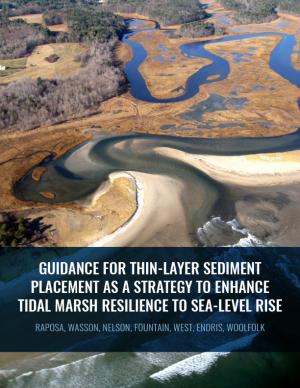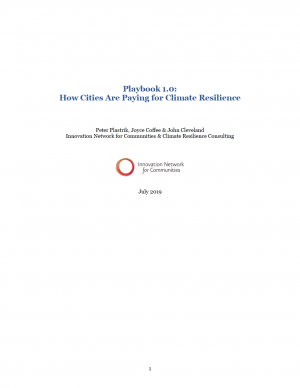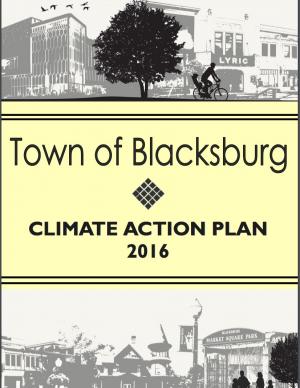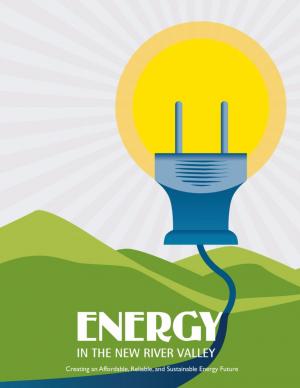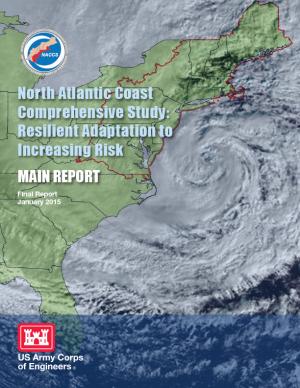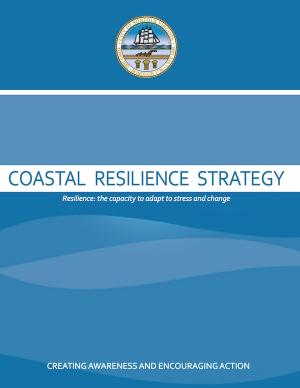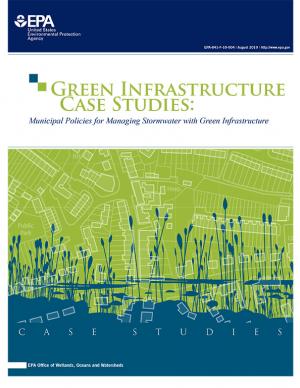Access a range of climate-related reports issued by government agencies and scientific organizations. Browse the reports listed below, or filter by scope, content, or focus in the boxes above. To expand your results, click the Clear Filters link.
Thin-layer placement (TLP), an emergent adaptation strategy that mimics natural sediment deposition processes, is one of the only viable options to protect tidal marshes from sea level rise in their current footprint. To improve the success of thin-layer placement projects, a collaborative research team at Narragansett Bay and Elkhorn Slough led coordinated restoration experiments at eight National Estuarine Research Reserves on the U.S. East and West coasts to test TLP across diverse marsh plant communities, and produced guidance and recommendations for TLP use. This guidance document is intended to help restoration practitioners, property owners, coastal managers, and funders better understand this strategy for tidal marsh restoration and resilience in the face of sea level rise.
This report identifies eight distinct strategies cities are using to pay for large-scale climate resilience projects, mostly to address sea level rise and flooding. The analysis is based on a close look at how eight U.S. cities in seven states have been organizing the funding needed to implement their ambitious climate resilience plans. Each of these cities has had to find its own way to public and private financial resources, because there is no system in place for solving the problem of how to pay for climate resilience. Examining these cities’ pathways revealed common strategies that, while only reflecting the leading edge of urban climate resilience financing practices, quite likely foreshadow what other cities already or may do.
Blacksburg's Climate Action Plan represents both a short- and long-term set of strategies to pursue to reach the community’s energy and climate action goals. The long-range goal, established by Town Council in 2007, is to reduce community-wide greenhouse gas emissions by 80 percent below 1990 levels by 2050. Blacksburg’s Climate Action Plan is divided into six chapters covering the major sectors of the community responsible for Blacksburg’s greenhouse gas emissions. Citizens' priority strategies are reflected in each of the sector chapters in three ways: a set of “Individual Actions” that citizens can choose to adopt in their own lives, shorter time-horizon “Let’s Get Started” strategies, and longer-term “Looking Ahead” strategies.
The New River Valley Livability Energy Report uses nine principles to describe a sustainable, affordable, and reliable regional energy plan for the New River Valley in Virginia. Each principle is accompanied by practical strategies communities can use to promote sustainability. The report could serve as a model for other regional energy plans.
This report—the first phase of the Department of the Interior (DOI) assessment effort for Hurricane Sandy projects—was developed for DOI by a metrics expert group of physical and ecological scientists and socioeconomic experts who recommended performance metrics for measuring changes in resilience resulting from the DOI-sponsored projects. It identifies natural and artificial coastal features most affected by Hurricane Sandy along the Northeast coast—such as marshes, beaches, and estuaries—and recommended metrics that would indicate resilience change in those features.
This report details the results of a two-year study to address coastal storm and flood risk to vulnerable populations, property, ecosystems, and infrastructure affected by Hurricane Sandy in the United States' North Atlantic region. The study was designed to help local communities better understand changing flood risks associated with climate change and to provide tools to help those communities better prepare for future flood risks. It builds on lessons learned from Hurricane Sandy and attempts to bring to bear the latest scientific information available for state, local, and tribal planners.
The City of Norfolk is using an integrative process of planning, preparing, mitigating, and communicating to reduce the impacts of flooding. Working with international and regional experts and residents, Norfolk is creating planning models to predict future shoreline conditions. The models will predict how local rates of sea level rise affect the construction of public buildings, shipyards, naval facilities, homes, and other private development.
This report presents the common trends in how 12 local governments across the country developed and implemented stormwater policies to support green infrastructure. The local policies examined include interagency cooperation, enforcement and management issues, and integration with state and federal regulations. While a strong motivation for these policies and programs is innovation in stormwater management, many communities are moving past the era of single objective spending and investing in runoff reduction and stormwater management strategies that have multiple benefits. Green infrastructure approaches have a range of benefits for the social, environmental, and economic conditions of a community. Not only do these case studies include success stories for building a comprehensive green infrastructure program, but they also provide insight into the barriers and failures these communities experienced while trying to create a stormwater management system that includes more green infrastructure approaches.

